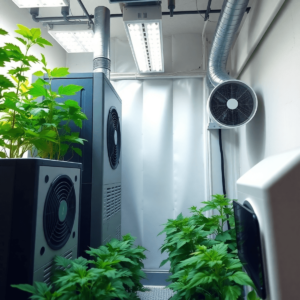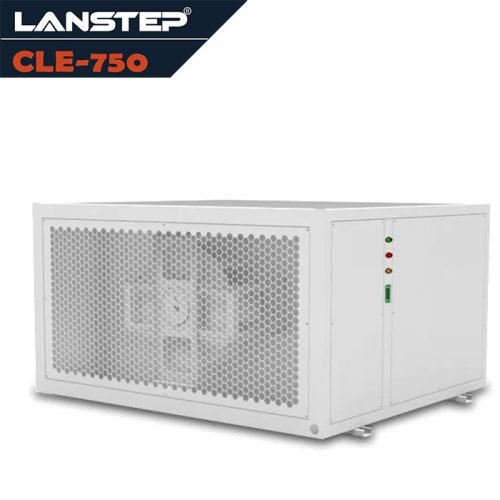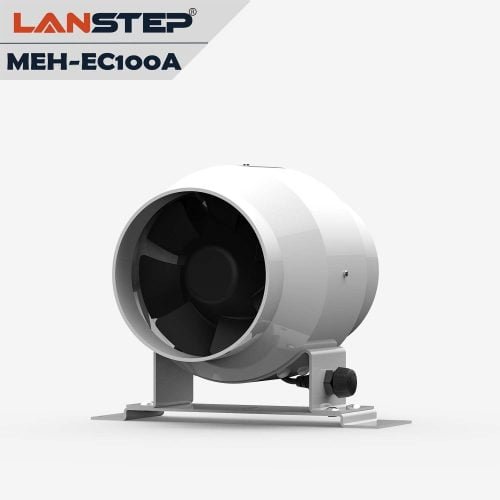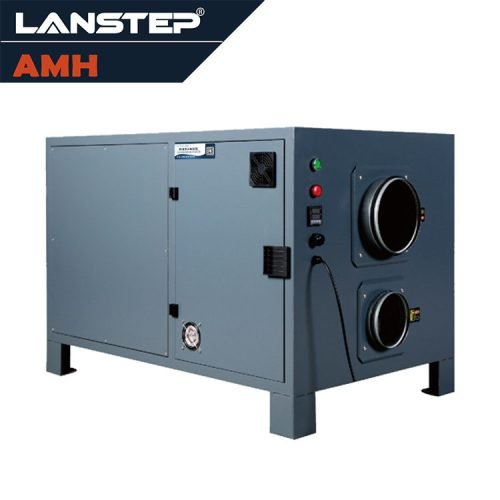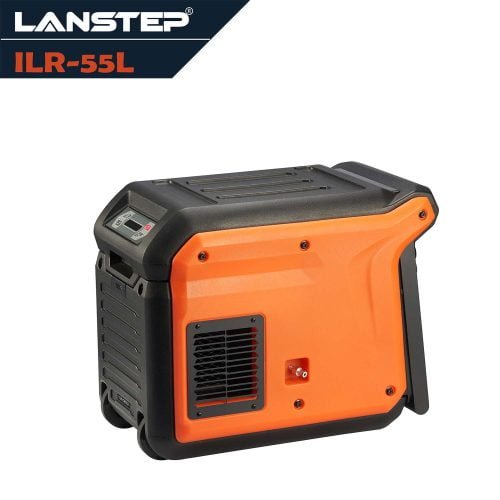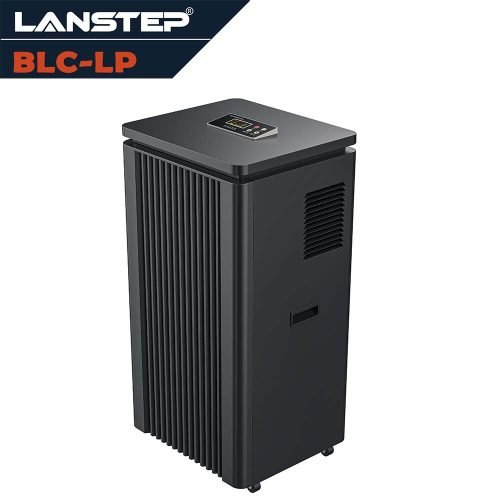Dehumidifiers are essential appliances used to remove excess moisture from the air and create a comfortable indoor environment. One important component of dehumidifiers is the refrigerant, the substance responsible for absorbing and removing moisture from the air. In recent years, there has been a shift towards using R290 refrigerant in dehumidifiers, and for good reason. Let’s explore the characteristics and advantages of R290 and why it is becoming the preferred choice for dehumidification systems worldwide.

Characteristics of R290 refrigerant
R290, also known as propane, is a hydrocarbon refrigerant belonging to the natural refrigerant category. It is a colorless and odorless gas that is non-toxic and environmentally friendly. R290 has a very low ozone depletion potential (ODP) as well as a minimal global warming potential (GWP), making it a sustainable and safer option compared to conventional refrigerants.
Advantages of R290 refrigerant
One of the significant advantages of using R290 is its excellent energy efficiency. R290 has superior thermodynamic properties, resulting in faster and more efficient moisture removal from the air compared to other refrigerants. This means that dehumidifiers using R290 can operate more effectively, saving energy and reducing electricity bills. Additionally, R290 has a high heat transfer coefficient, which means that less refrigerant is needed to achieve the same level of cooling as other refrigerants. This property not only reduces material usage but also contributes to a compact and lightweight dehumidifier design.
Global usage of R290 refrigerant
The use of R290 refrigerant is increasingly gaining popularity worldwide, driven by the need for more environmentally friendly and energy-efficient cooling solutions. Many countries are adopting stricter regulations on the use of ozone-depleting and high-GWP refrigerants, leading to the wider acceptance and adoption of R290.
Europe:
Europe is one of the regions where R290 refrigerant is most widely used. The F-Gas Regulation in Europe requires a reduced impact on the greenhouse effect. According to the F-Gas Regulation, from January 1, 2020, new sales of domestic freestanding dehumidifiers must use refrigerants with a GWP (Global Warming Potential) of less than 150 refrigerants. The R290 refrigerant, on the other hand, has a GWP of only 3 and therefore meets this requirement. Thus prompting many refrigeration equipment manufacturers and operators to adopt R290 as an alternative.
North America:
The use of R290 refrigerant is also increasing in North America. Some refrigeration equipment manufacturers are starting to use R290 to meet environmental and energy efficiency requirements.
Asia:
The use of R290 refrigerant is also growing in Asia. Some Asian countries have strict environmental regulations that encourage companies to use low GWP refrigerants, including R290.
Other regions:
In addition to Europe, North America and Asia, the use of R290 refrigerant in other regions is also gradually increasing. Some developing countries have also begun to pay attention to environmental protection issues, so more and more refrigeration equipment has begun to use R290 as a refrigerant.
Safety assurance in using R290 refrigerant in dehumidifiers:
Concerns about the safety of using hydrocarbon refrigerants are often raised due to their flammability. However, the dehumidifiers using R290 are designed with safety measures to mitigate such risks. These safety features include robust leak detection systems, automatic shut-off valves, and enhanced ventilation to ensure the safe operation of the appliance. Furthermore, various international standards and regulations, such as IEC and UL, provide guidelines for the safe handling and usage of hydrocarbon refrigerants, ensuring consumer safety while using dehumidifiers equipped with R290.
Cost advantages of using R290 refrigerant in dehumidifiers:
In addition to its environmental and safety benefits, using R290 refrigerant also offers cost advantages. The production cost of R290 is generally lower compared to conventional refrigerants like R410a. R290 is a natural gas that can be easily obtained and processed. This not only reduces the overall manufacturing costs but also decreases the reliance on chemical production processes, leading to a lower cost for dehumidifiers that use R290 refrigerant.
In conclusion
The usage of R290 refrigerant in dehumidifiers provides a safer, more energy-efficient, and environmentally friendly option. Its excellent thermodynamic properties, global acceptance, safety assurance, and cost advantages make R290 the ideal choice for manufacturers and consumers alike. By opting for dehumidifiers that use R290 refrigerant, we can ensure a comfortable living space while contributing to a sustainable future.



